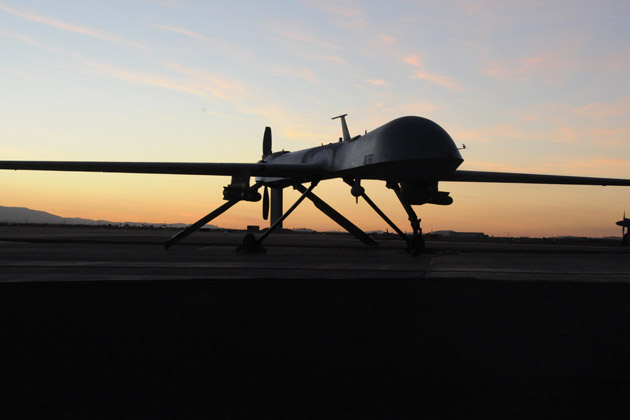
Rising tensions and the financial toll of countering threats in the Red Sea have propelled the US Navy to seek innovative and cost-effective defense solutions.
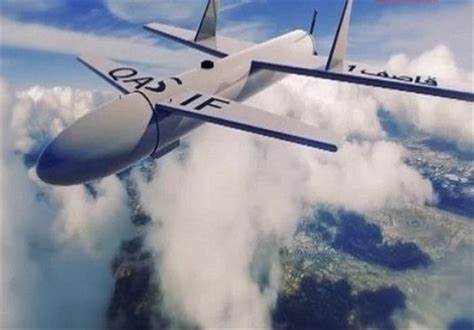
Confronted with Houthi drone strikes and a spectrum of missile attacks, the Navy is intensifying its efforts to develop “disruptive capabilities” to maintain maritime dominance while conserving resources.
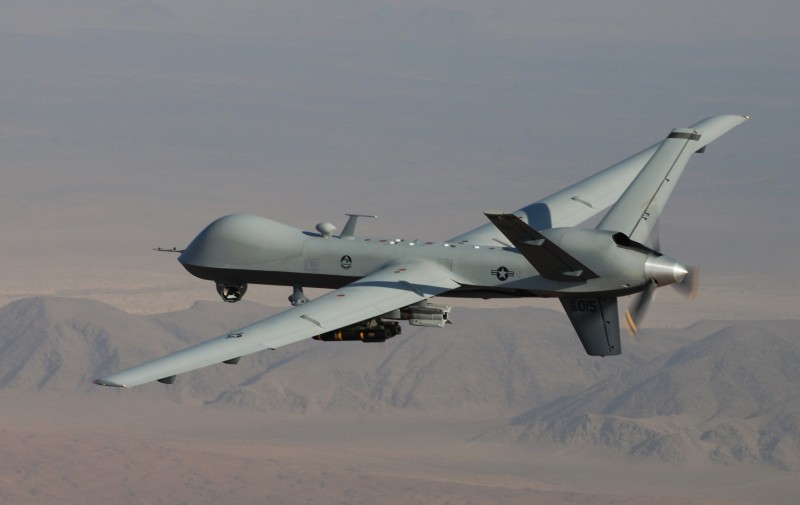
Rear Adm. Fred Pyle, the director of surface warfare, voiced the urgency for investment in economical methods to address such threats, specifically mentioning “Replicator” drone swarms as a promising avenue. The Pentagon has requested $1 billion over two years for these autonomous aircraft designed to counter enemy drones more affordably.

Pyle disclosed that various sizes and payloads of counter-uncrewed systems are underway, emphasizing the increased demand for air and missile defense in the Red Sea, likening the situation to the perils faced in World War II.
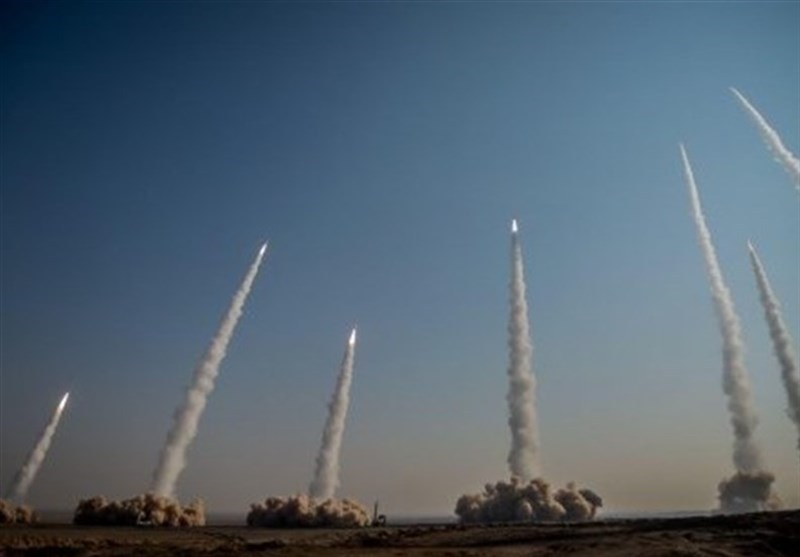
During a recent operation, the Navy deployed warships to the Red Sea and the Mediterranean Sea in response to attacks by Hamas and Houthi rebels. Dubbed Operation Prosperity Guardian, this mission aimed to secure pivotal shipping lanes.

However, the expenditure has been considerable. The Navy has utilized roughly $1 billion worth of munitions in its defensive operations, as Navy Secretary Carlos Del Toro informed lawmakers.

Pyle highlighted that while current systems perform as expected, the expense and rapid use of weapons raise sustainability concerns. Discussions with industry partners to increase production rates and re-certify older munitions are part of the Navy’s broader strategy, which also includes enhancing long-range strike capabilities and integrating hypersonic weapons.

The severity of the issue was echoed by Vice Adm. Brendan McLane, who stressed the need to hasten the deployment of directed energy weapons, such as lasers and microwaves.

These systems are seen as vital for engaging targets effectively at reduced costs compared to traditional missiles. Directed energy prototypes have been tested but have not been widely implemented, a situation McLane finds “frustrating.”

Furthermore, the Navy’s Surface Warfare Division is working to augment munitions inventories, shifting focus to sustaining rates rather than minimums. These efforts coincide with the continual performance assessments of deployed ships, ensuring optimal defensive capabilities.
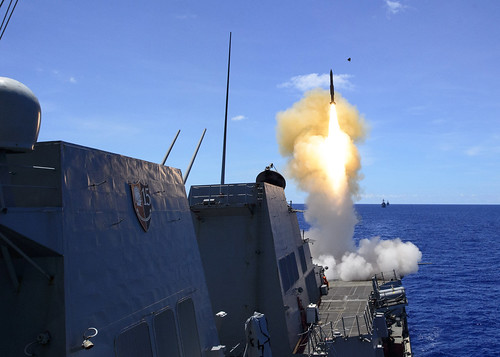
As Rear Adm. Joseph Cahill noted, the Naval Surface and Mine Warfighting Development Center is dynamically refining tactics, techniques, and procedures based on real-time data from operations.

While the Navy’s inventory remains “stable,” the reliance on costly missiles like the SM-2 to neutralize inexpensive Houthi drones has prompted a reevaluation of tactics. The quest for a “soft kill,” potentially through electronic warfare or directed energy, aligns with the objective of managing costs and conserving weapon stockpiles.
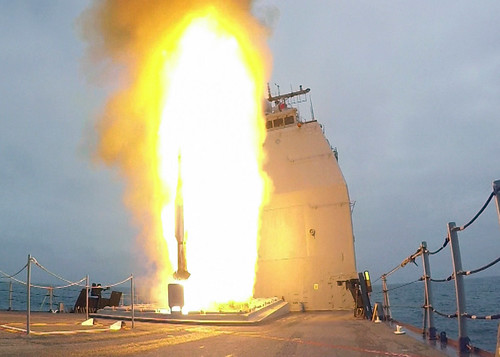
As these operations persist, they stress the sustainability of the US surface fleet, which hinges on relatively expensive armaments for self-defense. Bryan Clark, a former submariner and current senior fellow at the Hudson Institute, highlighted the importance of exploring alternative defense systems.

Meanwhile, James Holmes, a Naval War College professor, noted the strategic shift that might involve accepting greater proximity risks to employ less costly defensive measures.

In summary, as the Navy confronts this new wave of asymmetric maritime warfare, it is rapidly adapting its strategies to stay ahead. This includes a potential overhaul in weaponry, tactics, and a pressing shift towards more resourceful and economical defense mechanisms, such as drone swarms and directed energy weapons, to ensure maritime security in an ever-evolving threat environment.
Relevant articles:
– High price of Red Sea shootdowns speeds Navy’s pursuit of ‘cost, Breaking Defense
– Navy is down $1B in munitions from ops in Red Sea, says SECNAV, Breaking Defense
– Navy SWO boss frustrated by shortage of directed energy weapons, DefenseScoop
– What the Navy is learning from its fight in the Red Sea, Navy Times

